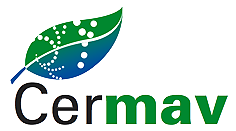Multifunctionalization of cellulose microfibrils through a cascade pathway entailing the sustainable Passerini multi-component reaction
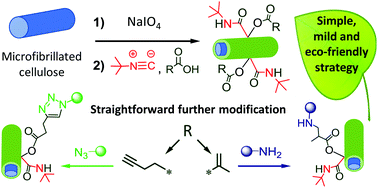
As a follow-up of the Julien Leguy’s PhD work (at Cermav) and in collaboration with the Polymer Materials Engineering laboratory (IMP) – Joint Research Unit n ° 5223 – CNRS – Université de Lyon – INSA LYON, we have published in the Green Chemistry journal a proof of concept of the advanced dual chemical functionalization of cellulose microfibrils through an eco-responsible route.
Competing Molecular Packing of Blocks in a Lamella-Forming Carbohydrate-block-poly(3-hexylthiophene) Copolymer
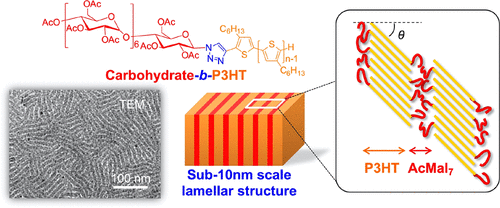
We just published in Macromolecules in collaboration with our colleagues from NTU (Taipei, Taiwan) and Hokkaido Univ (Sapporo, Japan) a study on carbohydrate-based copolymers for promising application in organic photovoltaic (OPV) -Sub_10nm domain spacing
Rapid access to discrete and monodisperse block co-oligomers from sugar and terpenoid toward ultrasmall periodic nanostructures
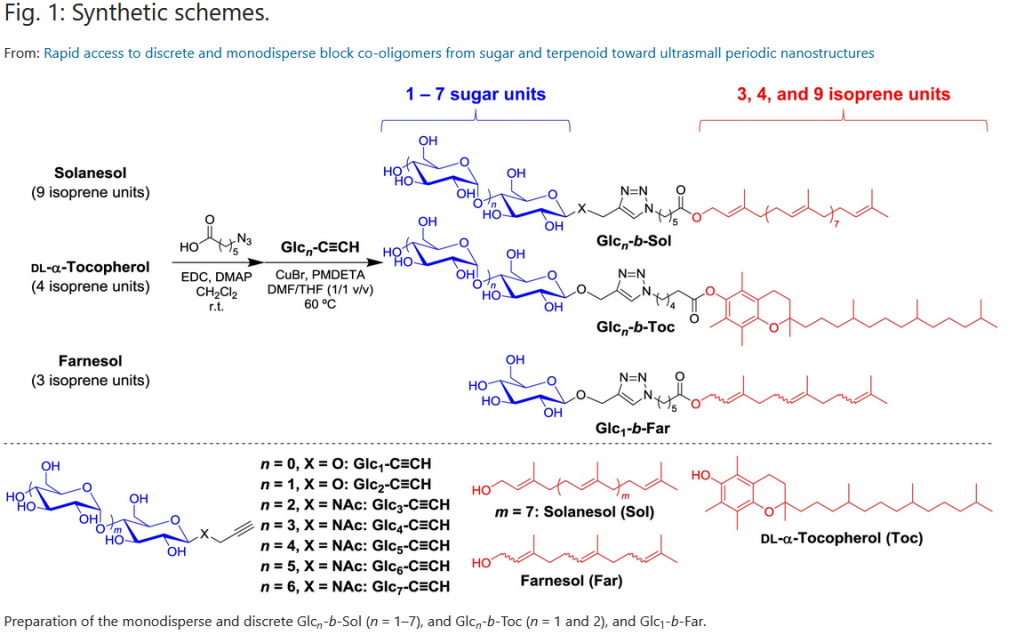
We just published in Nature Communications Chemistry in collaboration with our colleagues at Hokkaido Univ (Sapporo, Japan) a study on carbohydrate-based copolymers for nanolithography – a major breakthrough (4nm resolution) never attained before
Raphaël MICHEL joins Cermav as a CNRS research scientist (“Chargé de recherche CNRS”)
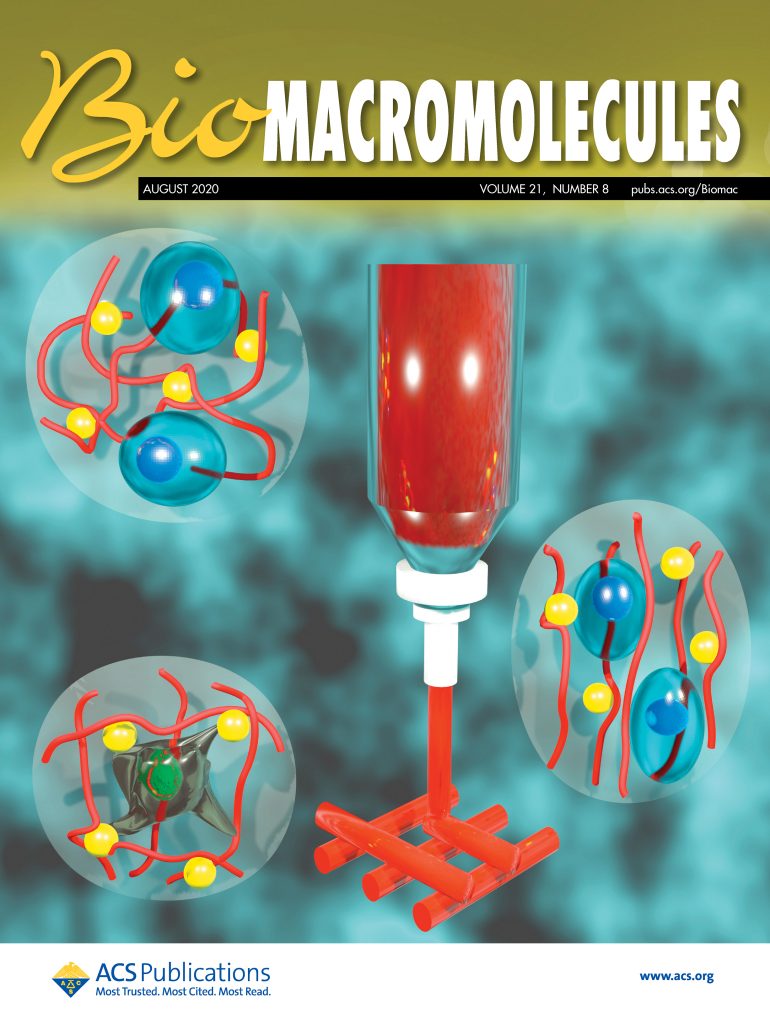
Raphaël MICHEL is the laureate of CNRS national entrance examination. More information on his career and his research project at Cermav./ Image caption: Cover of Biomacromolecules (Volume 21, Number 8) featuring the review article by Raphaël MICHEL and Rachel AUZÉLY –VELTY on composite biomaterials for tissue-printing.
Fangbo Lin’ s thesis defense on November 10th, 2020
This thesis is entitled “Regioselective modification of cellulose nanocrystals: synthesis, assemblies and functional properties” is co-supervised by M. Bruno JEAN (CNRS researcher and team leader at CERMAV).
Claire Desfrancois’ thesis defense on November 6th, 2020
This thesis is entitled “Design, synthesis and characterization of hydrogels with high compressive strength for the sustainable delivery of hydrophobic drugs”, and is co-supervised by both Ms. Rachel Auzély-Velty (Professor at the University of Grenoble Alpes and team leader at CERMAV) and Ms. Isabelle Texier-Nogues, Research Engineer at CEA Leti-L2CB.
Computational tools for drawing, building and displaying carbohydrates: a visual guide
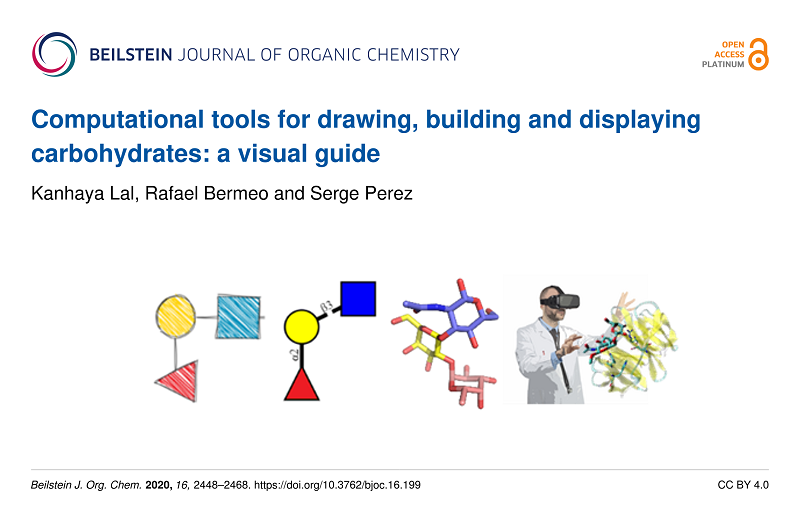
This article is intended for anyone who’s interested in the different levels of representation of glycomolecules. From the “freehand” draft to the virtual reality immersion, the tools and applications available in open access are presented, gauged and explained.
